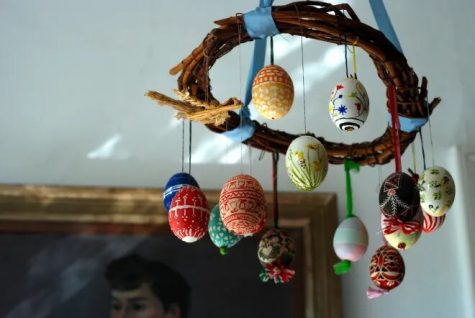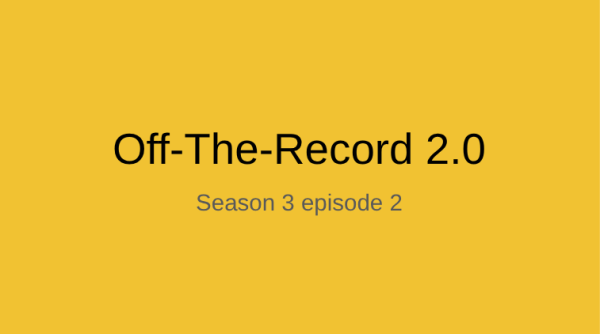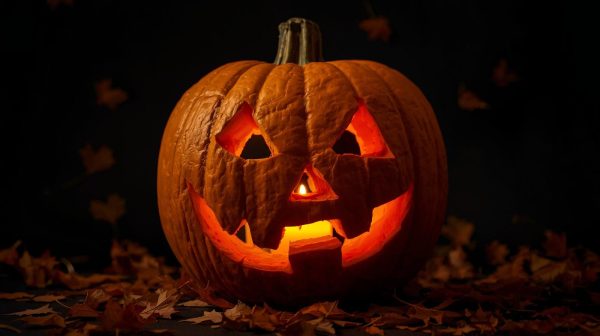The annual tradition of egg dyeing
As the Easter holiday quickly approaches, many people will begin to purchase eggs, egg dye kits, glitter, construction paper, etc., to prepare them for carrying on the annual tradition of egg dyeing. Many of these people, however, do not know why eggs are used to celebrate Easter and/or why they are dyed in the first place.
Eggs, regardless if they are real, plastic, wooden, chocolate, or otherwise, are ancient symbols of new life and were first used with pagan festivals celebrating spring. Easter eggs are believed to represent Jesus’ emergence from the tomb and resurrection. The activity of egg decorating around the Easter holiday is believed to have originated not with the Christian religion or Easter. Their first use is believed to have occurred some 2,500 years ago to celebrate the Persian, or Zoroastrian, New Year, in which eggs were painted rather than dyed or decorated. This was done for their preservation during the Lent season (March-April), in which one devotes him/herself to fasting, abstinence, and penitence in commemoration of Christ’s fasting in the wilderness. This tradition soon became entwined into the Christian religion (as far back as the 13th century), empowering the Christians with stories of Jesus and serving as an inexpensive decoration source.
To this very day, the annual tradition of hiding and decorating/dyeing eggs serve as a form of entertainment, providing a hobby for individuals and families. People can dye/decorate eggs regardless of age and in a variety of ways, hang them around their homes (as is done in Germany, on trees), and celebrate Easter in whatever way they desire.


My name is Cameron Valaitis. I was born on March 15, 2002 and am currently a junior at Greater Nanticoke Area. I have two brothers, along with three cats...







